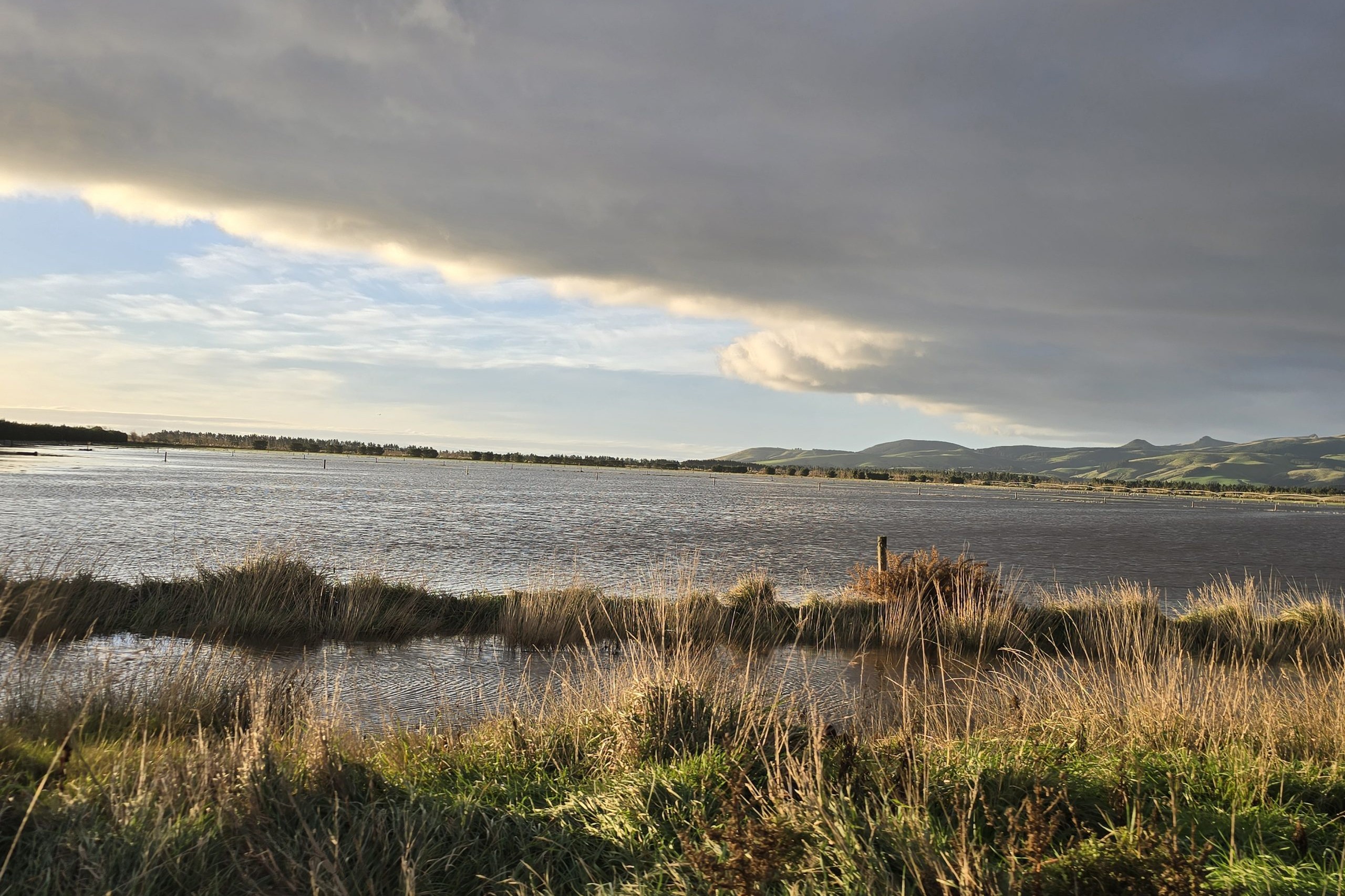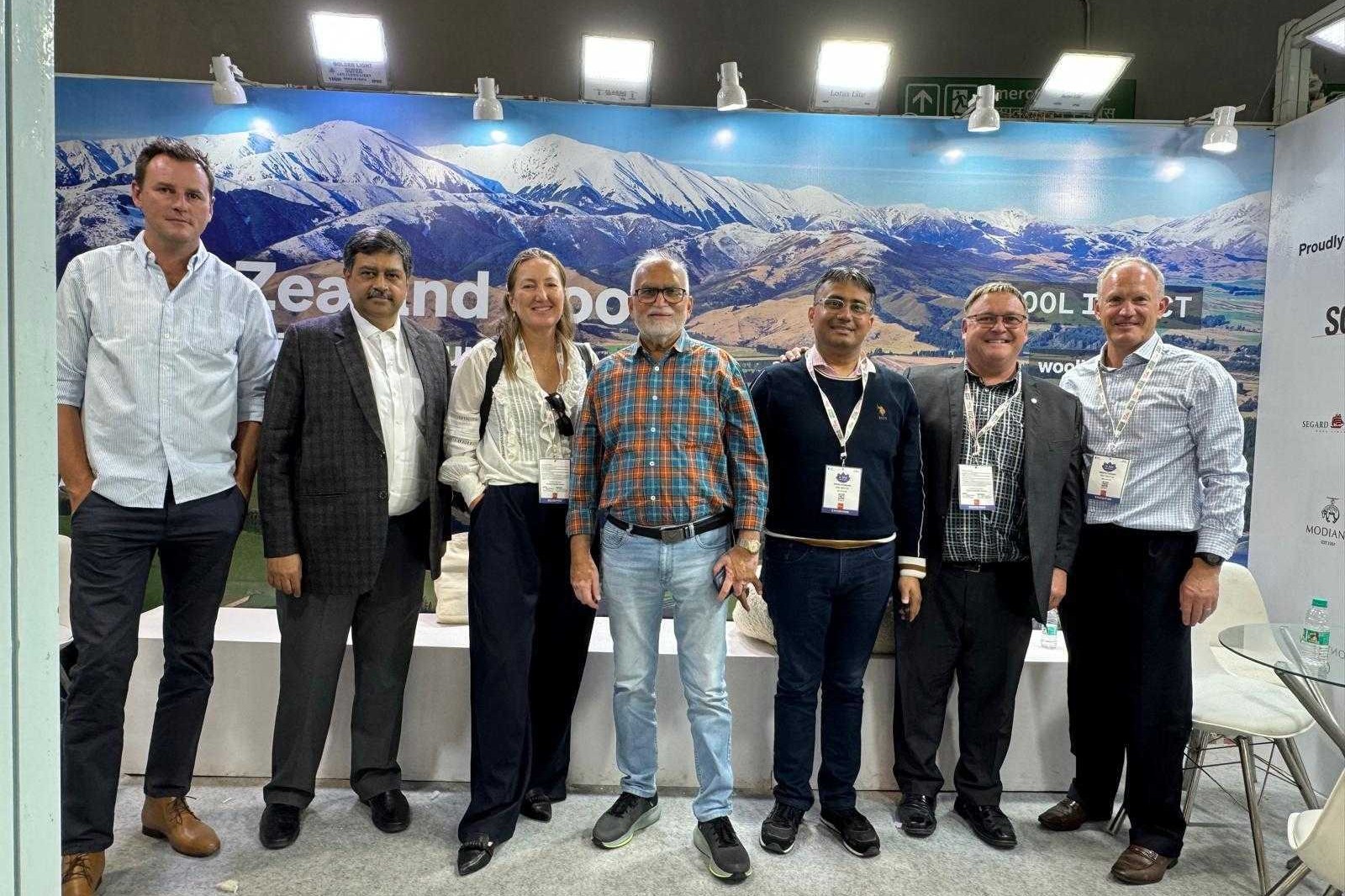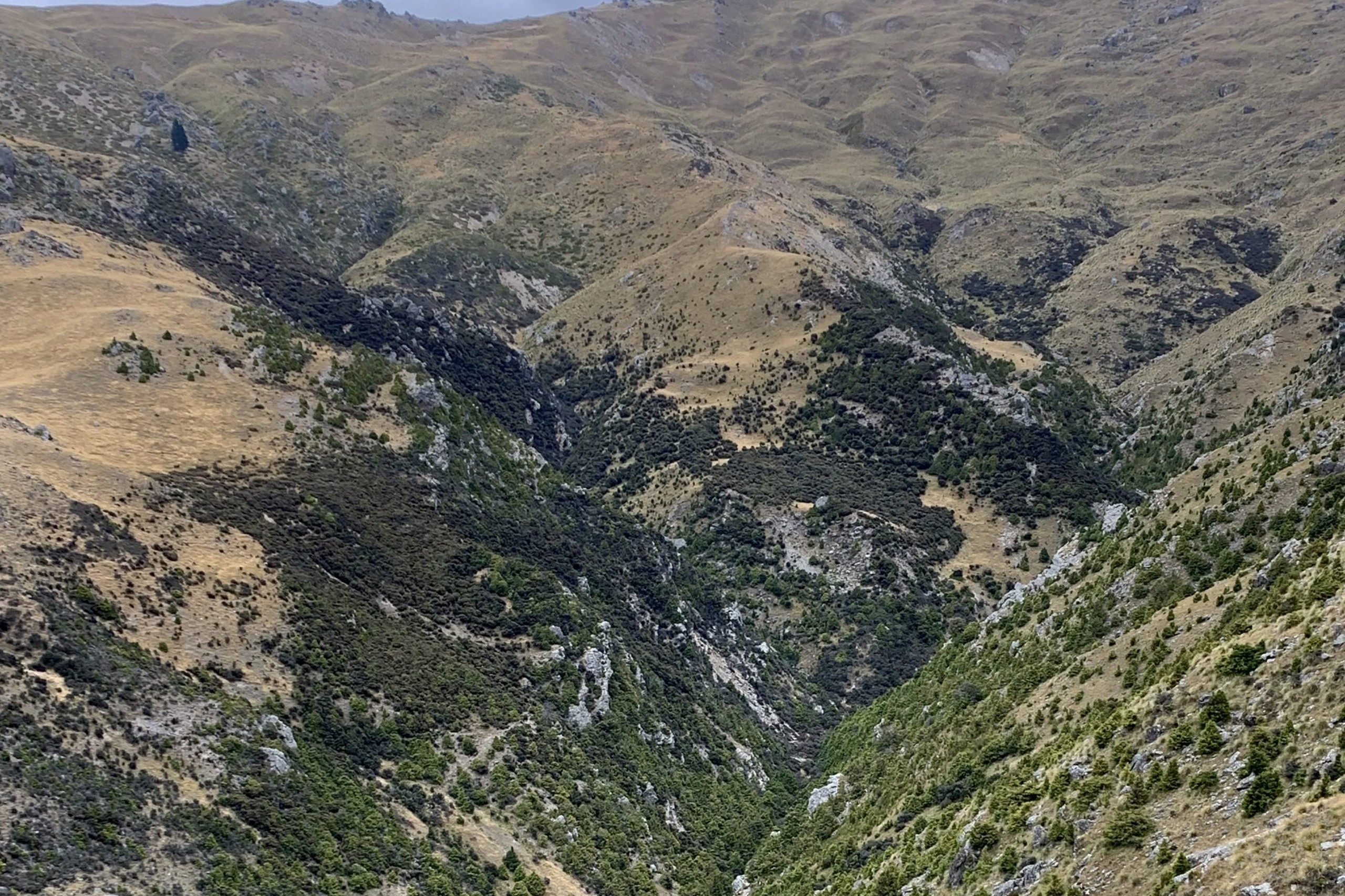By Roger Barton, Greytown, Wairarapa
It’s only about 10 weeks ago that we were still trying to do things like drain water out of laneways and avoid creating more mess under wet and trying conditions.
For those who remember the Wairarapa in 1977 it is looking like a repeat exercise.
That winter was devastating – large slips and land movement and very high lamb and calf losses over that critical August/September period.
This year has been wet but not to that magnitude. Back then I was in my second year of shepherding at Wairere under the guidance of the legendary John Daniell. So it’s exactly 40 years since those memories. Some are as distinct as yesterday.
Now with a supportive wife and four children (well adults really) we are in that strong planning phase around family succession and pending retirement in one form or another.
We now own a second property with our son in full charge there with me in a minimal supportive role. That farm is 654 hectares with a bit of forestry and waste and a 2.7ha lake.
It is largely a limestone base with not a lot of flat but about 140 hectares of drillable country so quite versatile.
The water sources are excellent as is the case in most limestone country. We run about 3600 ewes plus replacements and 160 cattle.
Home is 500ha but only 215 grow grass. We have a large chunk of QE2 area (243ha) and the balance is grazable scrub and a bit of regenerating bush.
We have down-sized (previously 330ha effective) to release capital for purchasing the other block so now run 1350 ewes of which half are SIL recorded. We usually winter 200 fully recorded ram hoggets plus replacement ewe hoggets and finishing cattle.
Around that 2500 stock units –these days there is a bit of an argument about what the definition of a stock unit should be. We tend to get more focused on liveweight wintered per hectare on both farms because that is what drives feed demand at critical times.
Rupert operates mostly by himself with a little bit of permanent casual and some king hits at big jobs with an extra hand. The pick for this extra work is Josh our soon-to-become son-in-law. He and Meg (24) got engaged a short time ago.
They are both made to farm. It will be interesting to watch their progress.
Josh has been leasing 150ha in Apiti, mostly deer with some ewes to a terminal sire and cattle where warranted. At 21, when the lease started, most people are being frivolous and enjoying the spoils of a late youth. Not so Josh, he is very focused on the future.
Other than the continual issue of gorse control our home block is pretty well established. Good facilities for sheep handling and cattle yards completed on a new site 18 months or so ago make for a mostly enjoyable workplace.
Two new hips over the last four years enables me to chase sheep more comfortably but still not fast enough.
That’s unlikely to get any better. The push now will be to fine-tune this system a bit more and reduce the day-to-day workload a bit more. Running more cattle has appeal but the strong capital cost of entry has precluded any fast swing in that direction. I understand sheep better anyway.
Further to that I still enjoy shearing.
She doesn’t share my enthusiasm but at this stage I just potter away in my own time. Logical it may not be, but I get enormous satisfaction from it – just a pity about the value of crossbred wool.
The most pressing issue right now is the distinct lack of rain we have had over November. Sheep values are looking so buoyant but capitalising on them may be difficult under current growth rates.
Crop establishment is looking decidedly ordinary.
This seems to be a Wairarapa-wide problem so we are not alone. If we don’t get a good rain soon I’m going to be a grumpy old man and it will take more than Santa to cheer me up.
Here’s to a wet Christmas day!




